The EAA Ray Aviation Scholarship was established in 2019 to provide flight training scholarships to youths who want to become pilots. The program is funded by the Ray Foundation; managed by the Experimental Aircraft Association (EAA) in Oshkosh, Wisconsin; and administered by EAA chapters around the United States and Canada. As of this article, the Ray Aviation Scholarship has allowed over 650 young people to obtain their pilot certificates, setting them up for success in aviation and beyond. Around 80% of the scholars who enter this program complete training and pass their checkride, a significant reversal of the typical completion rates for student pilots.
The Ray Foundation, which provides the funding for this program, was established by James C. Ray (1923-2017) and his wife Joan Ray in 1963. James learned to fly during World War II, serving in the U.S. Army Air Force flying the B-17 Flying Fortress bomber into combat in Europe. After the war, James continued flying throughout the rest of his civilian life, while achieving success as a businessman. James attributed his successes to the life skills he learned in aviation, such as self-confidence, self-discipline, and self-reliance. The Ray Foundation’s mission is to teach those skills to the youth of America through aviation organizations and programs.
When the EAA Ray Aviation Scholarship was launched, the Ray Foundation donated $1 million to support 100 scholarships. Now, in 2025, the Ray Foundation’s annual commitment has reached $2.25 million to support over 200 scholarships. A scholar is eligible to receive up to $12,000 for Private Pilot training, $9,000 for Sport Pilot training, or $6,000 for Glider Pilot training. The funding provided by the scholarship is extremely helpful, but just as helpful is the mentorship and support provided by the EAA chapters administering the scholarship. EAA’s Ray Scholars have local communities of pilots and aviation enthusiasts who are determined and willing to help them succeed.

How the Scholarship Works
All EAA chapters in the United States and Canada are eligible to participate in the Ray Aviation Scholarship. Each year, from November 1 through January 31, EAA chapters can apply to administer a Ray Scholarship. These chapters’ applications will then be reviewed and scored based on the strength of the application, the youth aviation activities offered by the chapter, and the overall health and activity of the chapter. If approved, then the EAA chapter can select a young person to receive the scholarship.
For the Ray Scholar, the basic requirements are:
- Be 16-19 years old when applying if seeking a Private Pilot or Sport Pilot certificate, or 15-19 years old when applying if seeking a Glider Pilot certificate.
- Possess an FAA student pilot certificate.
- Possess an FAA or Transport Canada medical certificate of third class or higher (if seeking a Private Pilot certificate).
- Be able to begin flight training within 60 days of the beginning of the scholarship’s training timeline (if not in training already).
- Be able to fly their first solo flight within three months, pass their written exam within six months, and pass their checkride within twelve months.
- Participate or volunteer in their EAA chapter’s activities for at least two hours per month for the duration of the scholarship.
Beyond those requirements, scholars are selected based on merit. A good candidate would be a youth who had an EAA Young Eagles flight, especially if they had multiple such flights. They might be involved in other youth aviation programs or activities, whether from EAA or other organizations. They might already have started flight training. They might already be an active member of an EAA chapter. They might be working or volunteering at the local airport. Above all, the ideal Ray Scholar is someone who is clearly passionate about learning to fly, and who will commit the necessary time and effort to complete training and obtain their pilot certificate.
EAA chapters will review their candidates for the scholarship and pick one to receive it. Once selected, the chosen candidate submits a Ray Scholar application to EAA headquarters for final review and approval. If approved by EAA, then the chapter is notified, and the scholarship begins. EAA disburses the scholarship funds to the chapter, which then pays the funds to the scholar’s flight school, flying club, or flight instructor. Each chapter appoints a scholarship coordinator who serves as the primary point of contact between the chapter and EAA headquarters for the scholarship. The coordinator serves as the primary mentor for the scholar and sends progress reports to EAA when the scholar completes their training milestones.
Ray Scholars, once selected by their EAA chapter, are able to submit their scholar application to EAA from January through October 31 each year.
EAA chapters that had at least one successful Ray Scholar – i.e. a scholar who passed their checkride – are eligible to apply for the matching Ray Aviation Scholarship in future years. Instead of applying for the regular Ray Scholarship and going through the chapter review and approval process, an eligible chapter can apply for one or two matching scholarships per year, where the chapter commits to providing 25% of the funds, with the Ray Foundation providing the other 75%. This is a great way for chapters to put their own skin in the game, while also stretching the program’s funds further to support additional scholarships.ply for one or two matching scholarships per year, where the chapter commits to providing 25% of the funds, with the Ray Foundation providing the other 75%. This is a great way for chapters to put their own skin in the game, while also stretching the program’s funds further to support additional scholarships.
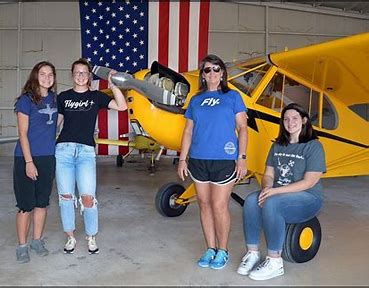
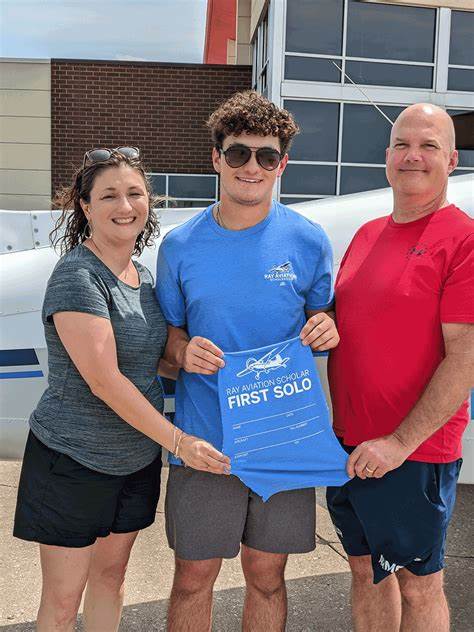
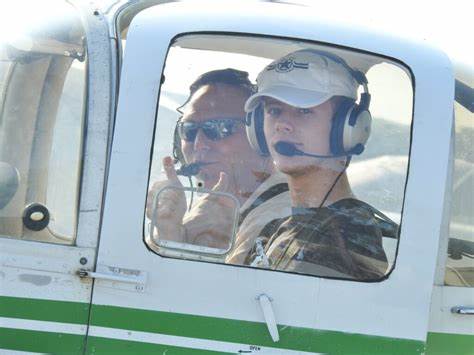
Lightspeed’s Support
Since the beginning of the EAA Ray Aviation Scholarship, Lightspeed Aviation has been supporting the scholars by donating free Zulu 3 ANR headsets upon their completion of training milestones. This year, Lightspeed has committed to donate up to 200 Zulu 3 headsets for Ray Scholars. This support has been invaluable and provides a welcome gift for the scholars, who can enjoy flying with a noise-cancelling headset that will serve them long past the completion of their primary training.
Lightspeed has also been a longtime supporting sponsor for the EAA Young Eagles program, which provides free aircraft flights to kids ages 8-17. During each quarter of the year, EAA randomly selects three member-pilots who recently flew Young Eagles and offers them a free Zulu 3 headset donated by Lightspeed. During EAA AirVenture Oshkosh, the world’s greatest aviation celebration, EAA members who fly Young Eagles can enter into a daily drawing to receive a free Lightspeed Sierra ANR headset. In addition, Lightspeed donates the headsets that equip the two GlaStar airplanes that provide Young Eagle flights at Pioneer Airport, which is part of the EAA Aviation Museum in Oshkosh, Wisconsin.
How to Get Involved
If you’re an adult who wants to support the EAA Ray Aviation Scholarship, then I encourage you to join an EAA chapter in your area, if you are not already involved in one. If the chapter is participating in the scholarship program, or plans to participate, then you could support it by helping to mentor the scholars, taking the scholars flying to show them how fun aviation is, or by donating to the chapter’s fund for a matching Ray Scholarship. To find an EAA chapter near you, visit EAA.org/FindaChapter.
If you’re a teenager or young adult who is 15-19 years old and you’re interested in receiving the Ray Aviation Scholarship, then I also encourage you to get involved with a local EAA chapter. You could start by taking an EAA Young Eagle flight if you have not done so already; this will unlock a variety of opportunities to learn more about aviation and kickstart your flight training through the benefits in the EAA Young Eagles Flight Plan. To learn more about the Young Eagles program, visit EAA.org/YoungEagles.
Conclusion
As a licensed pilot myself, I fully understand the triumphs and tribulations of flight training. There are many moments where a student pilot can celebrate and feel rewarded; and there are moments where a student can feel confused, challenged, or defeated. What helped me succeed in flight training were the people around me: fellow pilots and aviation enthusiasts, as well as my instructors. They allowed me to persevere and accomplish a dream I’d had since my earliest years.
Ray Scholars are succeeding at becoming pilots the same way: by having people to support them throughout their journeys. They also have the benefit of a generous scholarship to alleviate the financial burden, allowing them to fly more often and more consistently. It is important to recognize that a Ray Scholar is not just learning how to become the pilot in command of an aircraft. At the same time, by learning the skills that come with aviation, the scholar is also becoming the pilot in command of their own life. At that crucial transition from the teenage years to adulthood, the Ray Scholar can be set up for success in aviation and beyond.
EAA is thankful for the support of everyone involved in the successes of the Ray Aviation Scholarship, and we are thankful to have the support of Lightspeed Aviation along the journey.
If you are interested in learning more about the Ray Aviation Scholarship, visit EAA.org/RayScholarship.




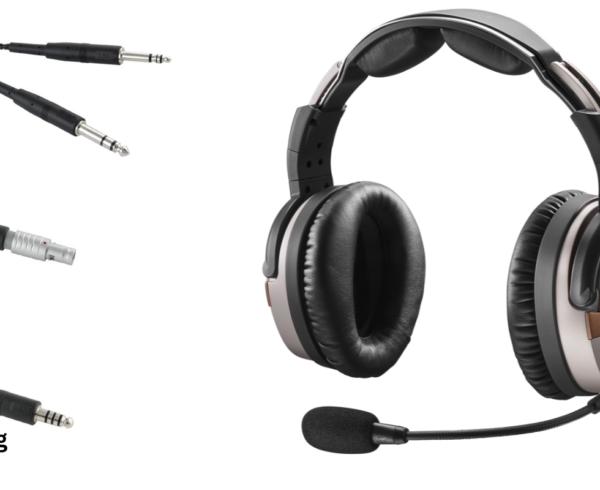
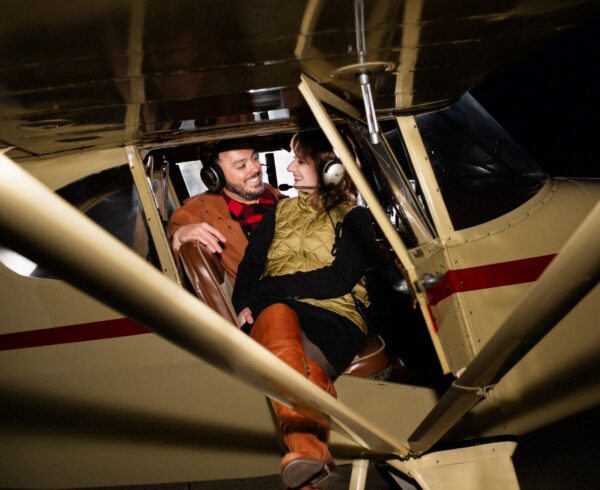
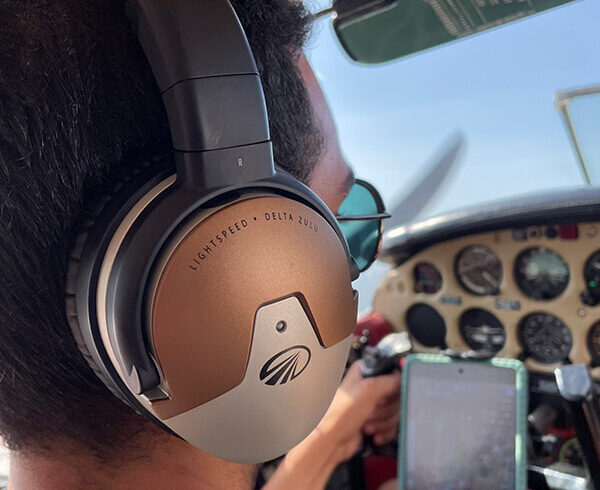



Leave a Comment